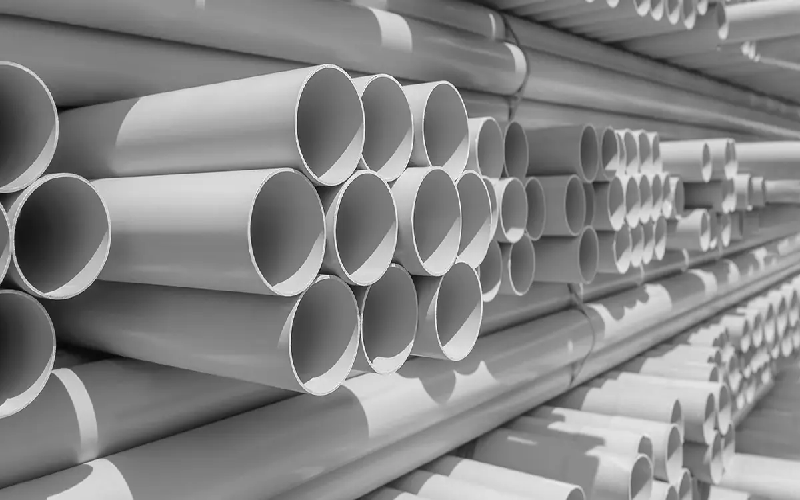Polyvinyl chloride or PVC is one of the most widely used plastics in the world, but it has a major drawback: it is not recyclable. PVC contains toxic additives called plasticizers that contaminate other plastics in the recycling stream and release harmful hydrochloric acid when heated. As a result, PVC has a zero percent recycling rate in the United States and ends up in landfills or incinerators.
But that may soon change, thanks to a groundbreaking discovery by scientists at the University of Michigan. They have found a way to chemically recycle PVC without using heat, by using electrochemistry. Electrochemistry is the study of chemical reactions that involve electricity. By applying an electric current to PVC, the researchers were able to break down the plastic into its basic components, which can then be reused for other purposes.
One of the key findings of the study, published in the journal Nature Chemistry, is that the plasticizer that makes PVC so difficult to recycle actually helps the electrochemical process. The plasticizer acts as a solvent that dissolves the PVC and allows it to be separated into its constituent parts. The hydrochloric acid that is released during the process can also be captured and used as a chemical reagent for other industries.
Paving the way for circular PVC economy
The researchers hope that their method will pave the way for a circular economy of PVC, where the plastic can be recycled indefinitely without losing its quality or harming the environment. They also hope that their method can be applied to other types of plastics that are currently not recyclable.
“PVC is the kind of plastic that no one wants to deal with because it has its own unique set of problems,”

said postdoctoral researcher Danielle Fagnani. “PVC usually contains a lot of plasticizers, which contaminate everything in the recycling stream and are usually very toxic. It also releases hydrochloric acid really rapidly with some heat.”
PVC is used for a variety of products, such as medical equipment, building materials, electric wiring, clothing, and more. According to the UM researchers, about 40 million tons of PVC are produced annually in the world, and only 2% of it is recycled.
The study was led by Anne McNeil, a professor of chemistry at UM and the principal investigator of the project. She said that the motivation for the research came from her own experience as a consumer who wanted to recycle PVC products.
“We didn’t think about what to do with the waste”
“It’s a failure of humanity to have created these amazing materials which have improved our lives in many ways, but at the same time to be so shortsighted that we didn’t think about what to do with the waste,” McNeil said.
McNeil and Fagnani collaborated with other researchers from UM and from Dow Chemical Company, which provided funding and expertise for the project. They are now working on scaling up their method and finding partners who are interested in implementing it commercially.
“We believe that our method has great potential to make PVC recycling a reality,” McNeil said. “We hope that our work will inspire more innovation and collaboration in this field.”











